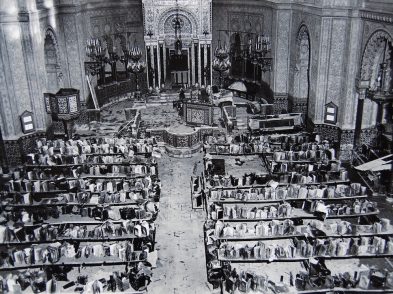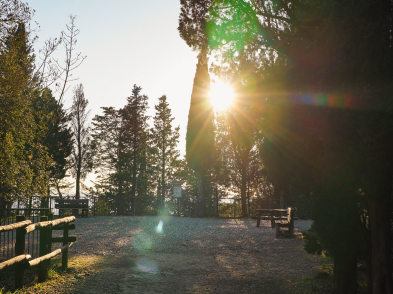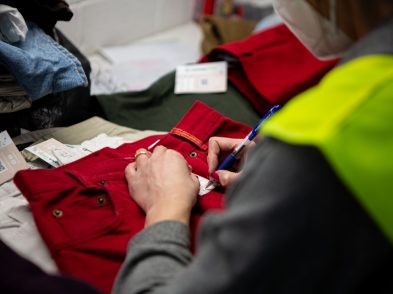The decision to cover up classical nude statues in Rome’s Capitoline museums during the visit of Iranian president Hassan Rouhani has sparked controversy and ridicule worldwide.

Photo ANSA
A news conference with President Rouhani and Prime Minister Matteo Renzi was held in a room in the Roman museum; a corridor leading up to that room houses the Capitoline Venus (a 4th-century BCE marble after an original by Praxiteles) and other nude or scarcely covered Roman marbles. Organizers placed obvious, large white-paneled boxes around the potentially offensive statues, presumably in deference to the guest’s culture.
The move is reminiscent of common diplomatic practice in early modern Europe up until the 19th century. Classical sculptures and Renaissance ones inspired by them, in particular Michelangelo’s David, were subjected to censorship, in some cases by the popes themselves. In these cases, however, the more discreet fig leaf was used as temporary or permanent coverage for private parts, such as for Queen Victoria’s visits to the V&A Museum.
Prime Minister Renzi and culture minister Dario Franceschini deny any knowledge of the decision to censor art for this state visit. Franceschini goes as far as to call it an ‘incomprehensible choice,’ suggesting there could have been other solutions that would not have offended the visitor’s sensitivity. President Rouhani, when asked about the episode, tactfully declared Italians to be very hospitable.
The media immediately reacted to the incident, making headlines around the world that have almost entirely obliterated news of the purpose of the Iranian visit (Rouhani signed trade agreements with Italy worth 17 billion euro), or of other important political news such as the confidence vote that took place the same day (January 27, 2016).
Conversely, when Matteo Renzi received Mohammed Bin Zayed Al Nahyan, Crown Prince of Abu Dhabi, at the Palazzo Vecchio in October 2015, both the Prime Minister’s and the Palazzo Vecchio’s ceremonial offices worked together to cover with a blue and gold lily covered box Jeff Koons’s Gazing Ball statue present in the Sala dei Gigli; this precedence for the more recent diplomatic incident went un-noticed beyond local press. (The only mention was in the Corriere Fiorentino, photo below).

Jeff Koons statue covered up in Palazzo Vecchio
Italians have taken to social media to express outrage through ridicule (an example below). With the hashtag #statuenude, Italian tweeters are sharing artistic nudity of all periods. In harmony, Iranian social media users are also filling their streams with nude images from Islamic art, protesting that they are not a barbaric culture unfamiliar with the art of the past.








